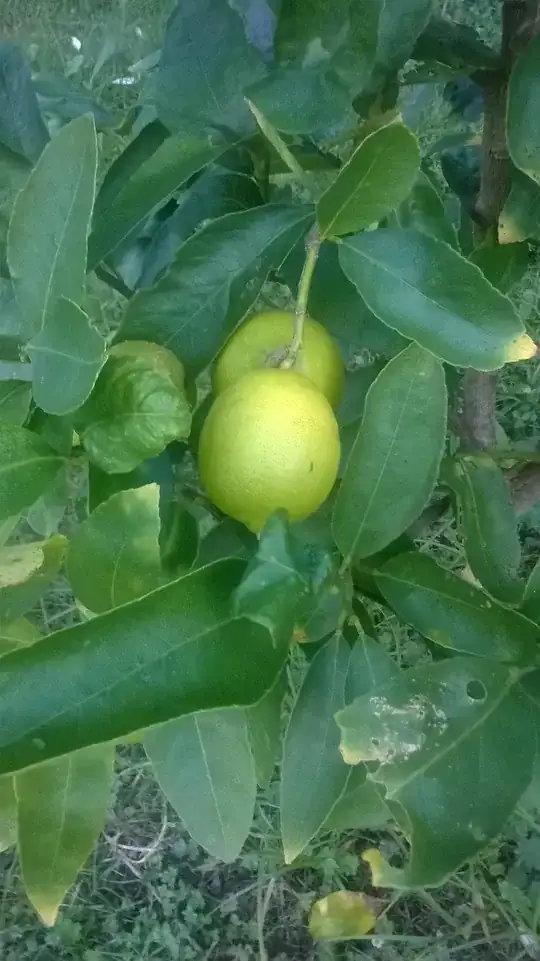One factor that is commonly overlooked when a plant has a problem is a basic one - proper diagnosis. People often spray randomly with anything to hand in the hope it will work, but given your desire to avoid the use of pesticides, it's even more important to diagnose the problem.
Inspect the trees all over, from the base of the trunks, all the branches and twigs, leaves, backs of leaves, for anything that shouldn't be there, maybe deposits on the back of the leaves, fluffy bits on the trunk or stems, lumps and bumps, obvious forms of life like caterpillars or other creatures, snail trails, evidence of leaf miner, rolled leaves, webbing, that kind of thing. Also, obviously, any signs of diseases such as fungal spots or marks. Take a torch out at night and have a look after dark - some things attack plants then.
Note that the type of holes in the plants are important - for instance, the half circle nibbles from the edge of a leaf are diagnostic, as opposed to a leaf full of holes, or one that has holes which previously were simply dead, brown tissue which has now fallen away and left the hole/s behind. Whether your plants are in pots or in the ground is a factor too.
If you can diagnose the problem, then you know what you're dealing with, and in that way can work out the best, hopefully non pesticide, solution.

